When comparing 3:2 vs 16:9 aspect ratios, 16:9 is ideal for watching videos, video editing and gaming, while 3:2 is better for general productivity, and can be useful for photography as it matches most camera sensor’s aspect ratio.
When you’re picking a laptop, you only have a few options for screen aspect ratio, but this shouldn’t be overlooked as aspect ratio plays an integral part in how you use your laptop..
The most common aspect ratio by far is 16:9, but some laptops use a 3:2 aspect ratio instead. In general, 16:9 laptops are good all-around performers and shine when watching video.
Laptops with a 3:2 screen, on the other hand, are often more focused on productivity tasks and reading, because their taller screens allow more text.
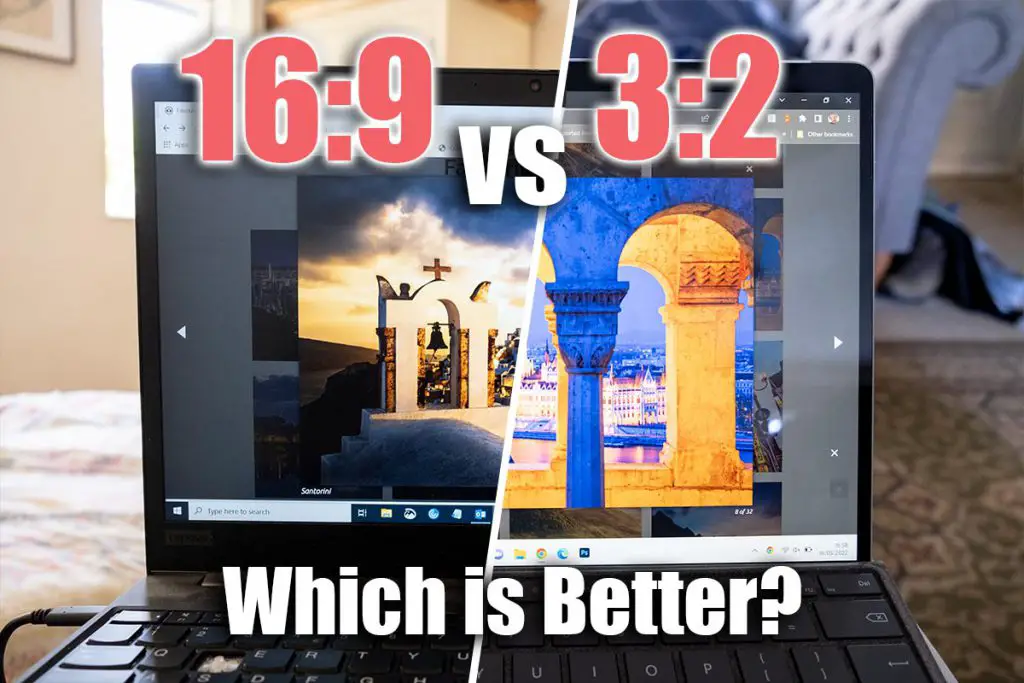
What Is 16:9?
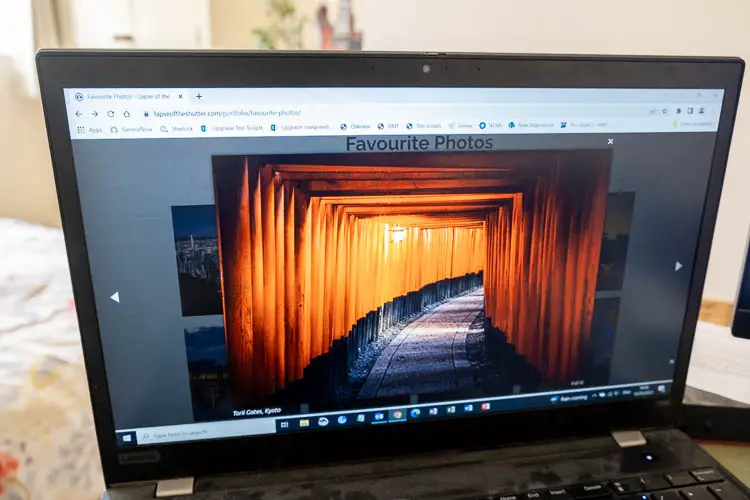
If you’ve bought a laptop in the last 10 years or so, it almost certainly used a 16:9 aspect ratio screen. The aspect ratio was originally developed as a compromise between multiple different formats, from the classic 4:3 Fullscreen to cinematic aspect ratios like 2.35:1.
After 16:9 became the standard aspect ratio for High Definition Television, 16:9 LCD panels in both computer monitors and laptop screens became by far the most common.
It’s pretty easy to understand how the aspect ratio, originally a compromise, became appealing. Humans have a wide field of vision, so a wide aspect ratio allows users to see more.
That’s great for both more expansive and immersive video and means you can fit more text side by side on the screen.
What Is 3:2?
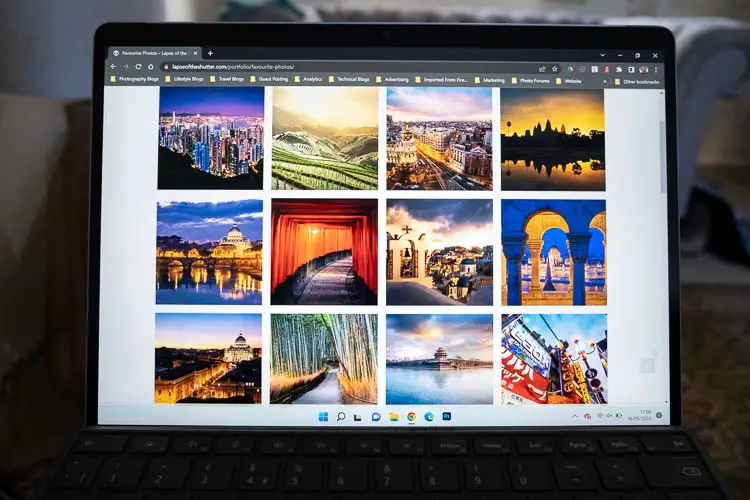
While there are relatively few screens that use it, the 3:2 aspect ratio actually has a long history. It’s the same aspect ratio used by 35mm still photography, and therefore familiar to many already.
Compared to 16:9, 3:2 is not as wide but is quite a bit taller. That makes it similar in shape to many common paper sizes, as well, so it’s familiar in that way, also.
The extra height is the really big selling point for a 3:2 aspect ratio screen. While wider screens mean you can fit more side by side, that doesn’t necessarily help in all cases.
Whether you’re reading a long document, writing a text file or editing a spreadsheet, extra height means you can fit more on the screen.
16:9 vs 3:2 for General Use
Which aspect ratio will best suit you depends on how you plan to use your computer. If you mostly browse the web, either a 16:9 or 3:2 screen might be good, with the 3:2 screen offering more vertical real estate.
If you watch a lot of video, then a 16:9 screen is the obvious choice. A computer like the Lenovo Flex 5 15” uses a 16:9 1920×1080 screen and has a hinge that allows it to be used like a tablet.
That makes it an excellent choice for someone who likes to watch video above everything else.
For gaming, 16:9 or 3:2 would both be good choices, depending on the game, your hardware and screen resolution.
If you do a lot of reading, then 3:2 is a good aspect ratio to consider.
Famously, the Microsoft Surface line of tablets and laptops use the 3:2 aspect ratio. The Surface 8 has a 2880×1920 resolution 13-inch screen, offering more height compared with a 16:9 display.
Is 16:9 or 3:2 Better For Photo and Video Editing?
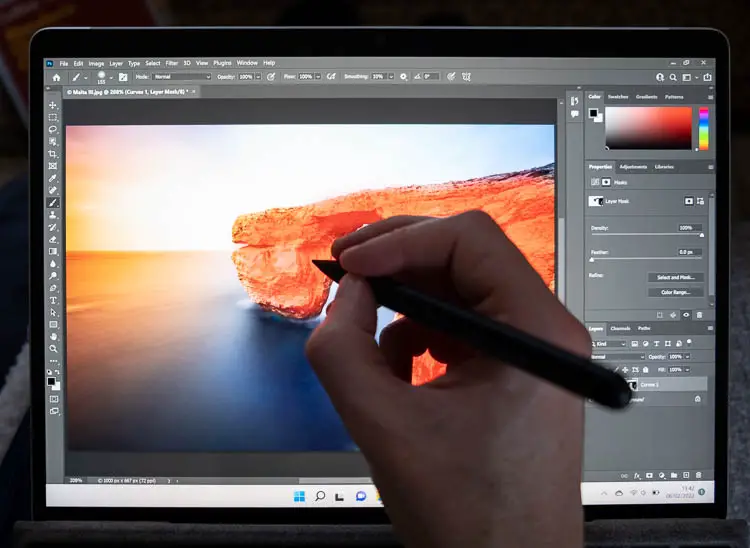
When you’re editing photos, aspect ratio is less important than resolution. After all, you’re able to crop photos to any aspect ratio based on your preferences.
With that said, 3:2 has a long history as an aspect ratio in photography. One of the most common print sizes, 4 inch x 6 inch, still uses that, so there could be an advantage in using a 3:2 screen.
Generally, a 16:9 screen is a good choice for video editing, because you’ll be able to watch a playback in full screen with the correct aspect ratio.
In some cases, though, a 3:2 screen might be a better choice for video editing, because you’ll be able to fit a scaled-down render of the video on screen along with plenty of space for the user interface.
Is 3:2 or 16:9 Better For Productivity and Office Work?
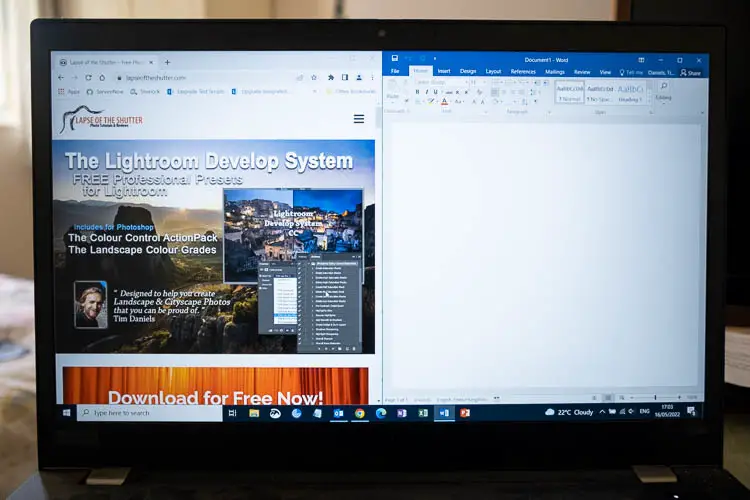
Productivity software has long been the main reason people use computers, so choosing a machine that gives you the best office experience is important.
It’s perhaps not surprising that people praise the Surface line’s 3:2 aspect ratio screens for productivity tasks. After all, Microsoft has been a leader in productivity and office software for decades.
So why do people like 3:2 aspect ratio screens for productivity and office work? It’s really very simple, and has been mentioned a few times above — extra vertical resolution.
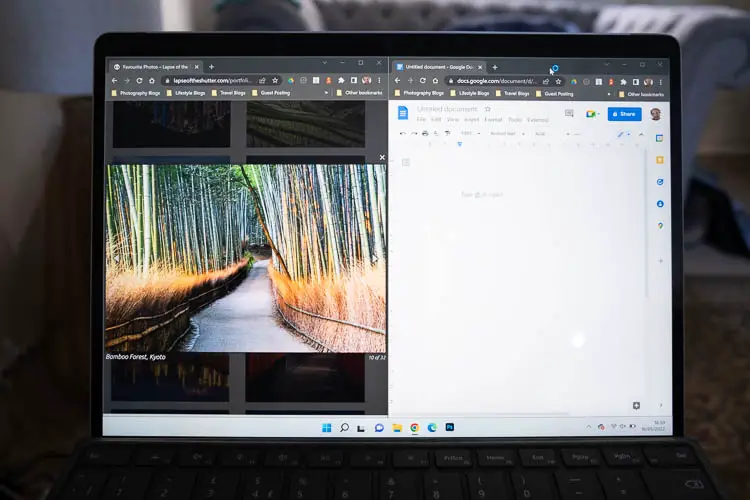
While humans do have a relatively wide field of view, there is a limit to how quickly our eyes can scan from side to side.
It’s faster and causes less eye strain if a column of text is narrower and has more lines, compared to wide columns with fewer lines.
This is particularly true of screen splitting, which you can see in the examples above. Although you might think that the wider 16:9 format would be preferable for split screens in all cases, for text documents 3:2 actually feels better to use due to the extra height. 16:9 is only preferable if you are dealing with images in landscape orientation.
Read More:
What’s the best laptop for video editing on a budget?




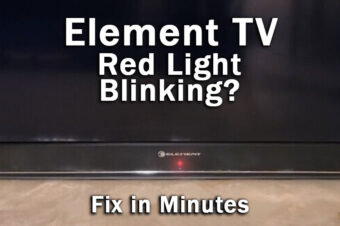

2 Responses
Don R.
Do you have a preference for a video editor that has 3:2 as a ratio option for a PC? Everyone I’ve looked at skips this as an available ratio. I’d prefer a single price version, I’m not enamored with the monthly option as vendors do not provide any value under that model: They will just not incorporate useful features or bug fixes.
Tim Daniels
Are you talking about software? If so, then Davince Resolve should handle this (and it’s free!)